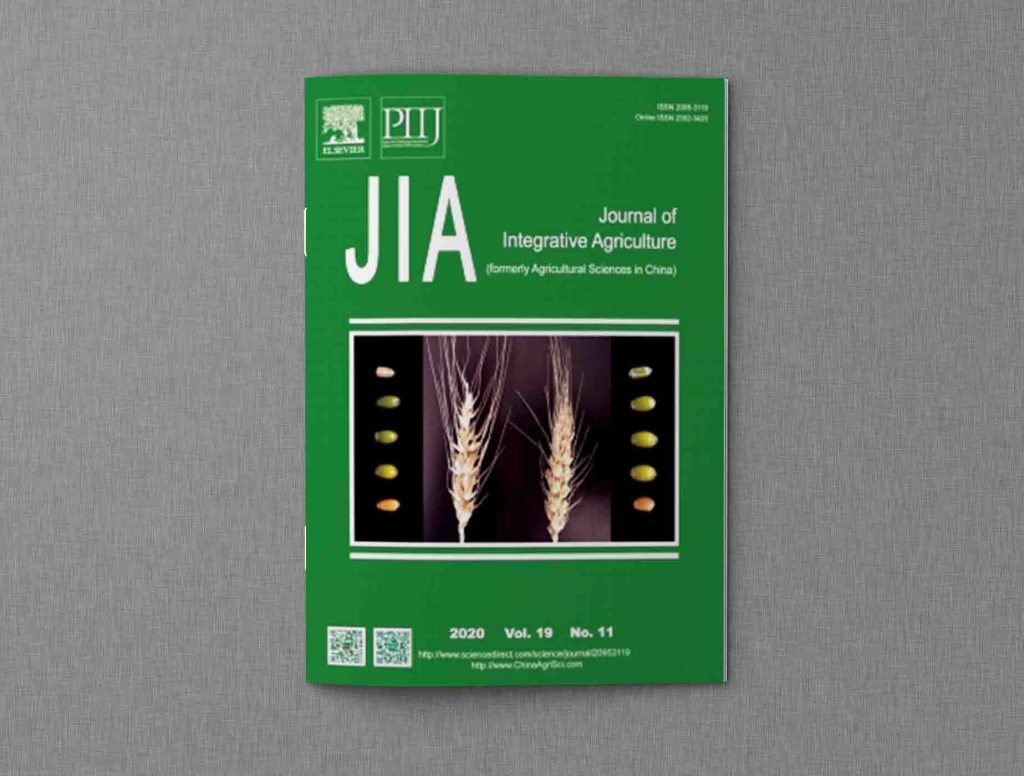
农业科学学报(英文)(ISSN 2095-3119,CN 10-1039/S)创刊于2002年,主要栏目有作物学、园艺、植物保护、动物科学、动物医学、资源环境、食品科学、农业经济与管理等,刊稿类型有综述、研究论文、简报以及评述等。
农业科学学报(英文)对投稿文章中图表的要求如下:
Figures and images should be labelled sequentially and cited in the text.
Tables
Tables must be submitted as editable text, not as images. Some guidelines:
Place tables next to the relevant text or on a separate page(s) at the end of your article.
Cite all tables in the manuscript text.
Number tables consecutively according to their appearance in the text.
Please provide captions along with the tables.
Place any table notes below the table body.
Avoid vertical rules and shading within table cells.
We recommend that you use tables sparingly, ensuring that any data presented in tables is not duplicating results described elsewhere in the article.
Figures, images and artwork
Figures, images, artwork, diagrams and other graphical media must be supplied as separate files along with the manuscript. We recommend that you read our detailed artwork and media instructions. Some excerpts:
When submitting artwork:
Cite all images in the manuscript text.
Number images according to the sequence they appear within your article.
Submit each image as a separate file using a logical naming convention for your files (for example, Figure_1, Figure_2 etc).
Please provide captions for all figures, images, and artwork.
Text graphics may be embedded in the text at the appropriate position. If you are working with LaTeX, text graphics may also be embedded in the file.
Artwork formats
When your artwork is finalized, “save as” or convert your electronic artwork to the formats listed below taking into account the given resolution requirements for line drawings, halftones, and line/halftone combinations:
Vector drawings: Save as EPS or PDF files embedding the font or saving the text as “graphics.”
Color or grayscale photographs (halftones): Save as TIFF, JPG or PNG files using a minimum of 300 dpi (for single column: min. 1063 pixels, full page width: 2244 pixels).
Bitmapped line drawings: Save as TIFF, JPG or PNG files using a minimum of 1000 dpi (for single column: min. 3543 pixels, full page width: 7480 pixels).
Combinations bitmapped line/halftones (color or grayscale): Save as TIFF, JPG or PNG files using a minimum of 500 dpi (for single column: min. 1772 pixels, full page width: 3740 pixels).
Please do not submit:
files that are too low in resolution (for example, files optimized for screen use such as GIF, BMP, PICT or WPG files).
disproportionally large images compared to font size, as text may become unreadable.
Figure captions
All images must have a caption. A caption should consist of a brief title (not displayed on the figure itself) and a description of the image. We advise you to keep the amount of text in any image to a minimum, though any symbols and abbreviations used should be explained.
Provide captions in a separate file.
Color artwork
If you submit usable color figures with your accepted article, we will ensure that they appear in color online.
Please ensure that color images are accessible to all, including those with impaired color vision. Learn more about color and web accessibility.
Generative AI and Figures, images and artwork
Please read our policy on the use of generative AI and AI-assisted tools in figures, images and artwork, which can be found in Elsevier’s GenAI Policies for Journals. This policy states:
We do not permit the use of Generative AI or AI-assisted tools to create or alter images in submitted manuscripts.
The only exception is if the use of AI or AI-assisted tools is part of the research design or methods (for example, in the field of biomedical imaging). If this is the case, such use must be described in a reproducible manner in the methods section, including the name of the model or tool, version and extension numbers, and manufacturer.
The use of generative AI or AI-assisted tools in the production of artwork such as for graphical abstracts is not permitted. The use of generative AI in the production of cover art may in some cases be allowed, if the author obtains prior permission from the journal editor and publisher, can demonstrate that all necessary rights have been cleared for the use of the relevant material, and ensures that there is correct content attribution.

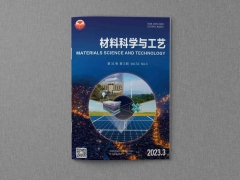
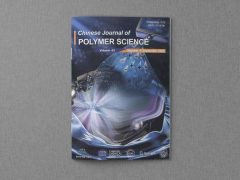
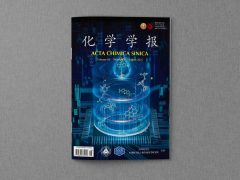
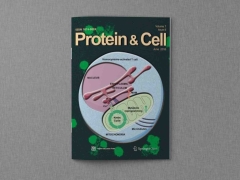
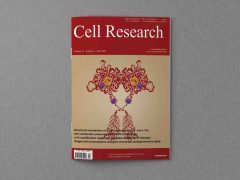
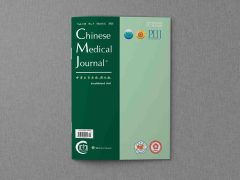
评论抢沙发